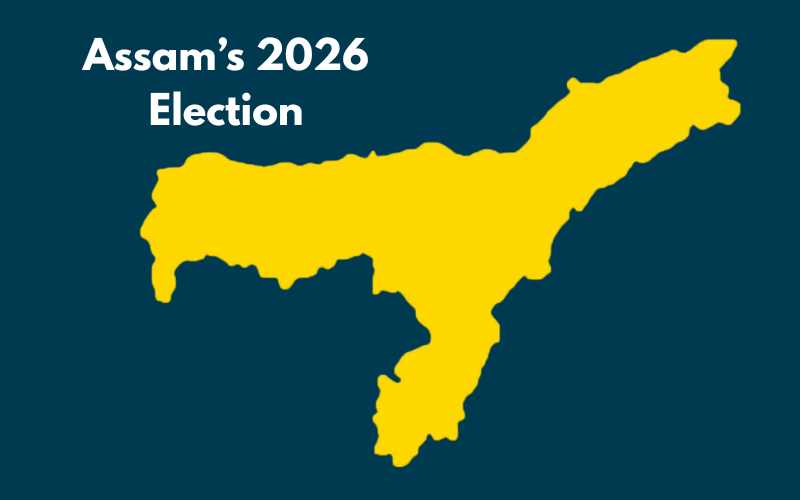
Assam’s 2026 Election: Political Rhetoric, Polarisation, and the Strain on Social Fabric
With the 2026 Assam Assembly elections on the horizon, the state’s political climate is heating up and with it, the social fault lines are widening. What should have been a contest of development agendas and governance credentials is increasingly turning into a high-stakes game of identity politics, communal rhetoric, and demographic anxieties.
BJP’s Strategy: Evictions and Demographic Alarm
The ruling BJP has signalled its intent to push hard on eviction drives targeting the ‘Miya’ Muslim community, many of whom are descendants of migrants from Bangladesh. By framing these actions in the context of “protecting indigenous rights” and warning of a demographic shift with Chief Minister Himanta Biswa Sarma predicting near parity between Hindu and Muslim populations by 2041, the party appears to be betting on polarisation as a vote mobiliser.
Critics argue this is not about land management or law enforcement but about shaping a political narrative that conflates demographic trends with security threats. Such rhetoric risks deepening mistrust between communities, particularly in sensitive districts where religious and ethnic groups live in close proximity.
Opposition Counter-Narratives: CAA, Rights, and the ‘Miya’ Question
Raijor Dal’s Akhil Gogoi has accused the BJP-led government of using the Citizenship Amendment Act (CAA) to selectively settle Hindu migrants from Bangladesh, Pakistan, and Afghanistan a move he claims could alter Assam’s demographic balance to the ruling party’s advantage. In Sivasagar, Gogoi has also warned against inflammatory statements allegedly made by members of Bir Lachit Sena, which he says are aggravating communal tensions.
The Congress, too, has taken up the cause, accusing the government of standing idle as indigenous youth and student groups block the entry of ‘Miya’ workers into upper Assam. Ripun Bora’s statement that these workers are “seeking livelihood, not land” reflects the opposition’s attempt to humanise the issue and frame it as a constitutional rights violation, rather than a cultural threat.
The AIUDF Factor and Fragmentation of the Opposition
The AIUDF, led by Badruddin Ajmal, has decided to go solo in the polls, contesting 35 seats. While this may energise its core Muslim vote base, it risks splitting the anti-BJP vote in key constituencies, a reality the BJP could exploit. AIUDF’s meeting with the DGP to submit a memorandum underscores the party’s positioning as a defender of minority rights, but its separatist electoral approach could blunt opposition unity.
Escalating Rhetoric: Treason Charges and Accusations
The AJP’s Lurinjyoti Gogoi has taken the rhetoric further, accusing CM Sarma of “treason” for allegedly failing to act against illegal immigrants for over a decade, while also claiming that the government is intentionally sowing communal discord. Such severe language, while resonating with certain nationalist sentiments, risks adding another layer of hostility to an already polarised public discourse.
Social Impact: A Brewing Divide
Beyond the political theatre, these manoeuvres are reshaping social life in Assam in troubling ways.
● Economic Disruption: Workers from lower Assam, often branded as ‘Miyas’, are reportedly being forced to leave upper Assam due to harassment. This disrupts the informal labour market in tea gardens, construction sites, and agriculture.
● Communal Insecurity: Rhetoric around demographic change feeds suspicion, potentially leading to ghettoisation and reduced inter-community interaction.
● Youth Radicalisation: The involvement of student groups in blocking the movement of certain communities suggests that polarising politics is seeping into the younger generation’s worldview.
● Distrust in Governance: Competing accusations from demographic engineering to communal provocation undermine public faith in the neutrality of the state machinery.
Identity Politics Over Development?
As the campaign trail intensifies, the Assam election narrative seems firmly anchored in identity politics rather than a development blueprint. The weaponisation of eviction drives, CAA debates, and demographic alarms risks turning social co-existence into a casualty of electoral strategy.
If these trends continue unchecked, the state could emerge from the 2026 election more divided, more distrustful, and more vulnerable to long-term communal fault lines, a price far heavier than any party’s seat count.
Disclaimer: The opinions expressed in this article are those of the author's. They do not purport to reflect the opinions or views of The Critical Script or its editor.

Newsletter!!!
Subscribe to our weekly Newsletter and stay tuned.



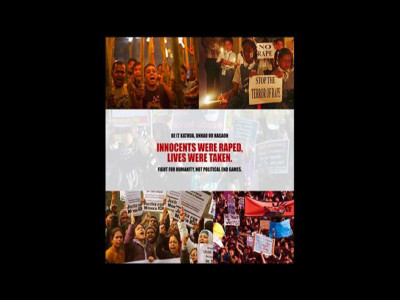
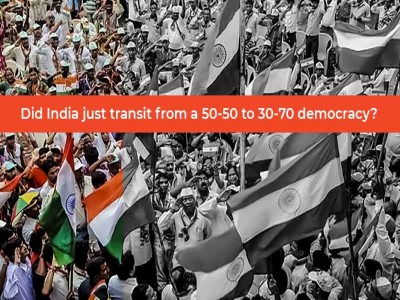
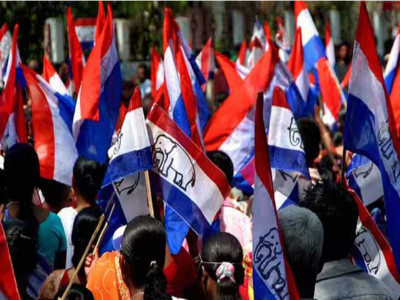
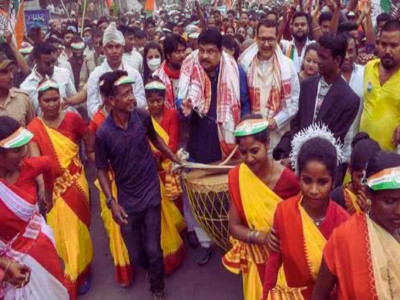
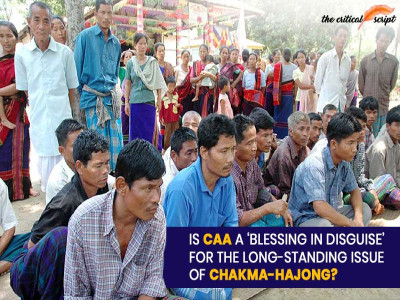
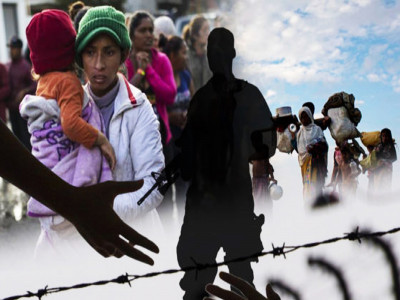


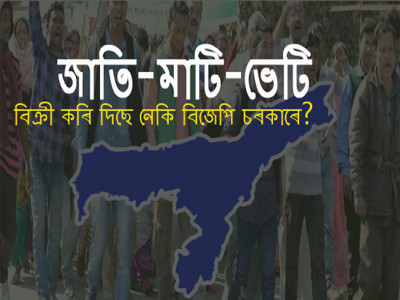





Related Comments